Are you traveling next week? Remember to pack these items to reduce waste on your trip!
Eating: Bring a fork, spoon, and knife. Or, to save space, bring a spork or chopsticks! Make sure you only bring a knife in your checked luggage. In addition, bring a few cloth napkins – they double as handkerchiefs.
Drinking: Definitely remember to pack a reusable water bottle. You may even want a travel mug for coffee and tea, too.
Transporting: Once you’re done eating, you’ll need Tupperware for leftovers. Carry the Tupperware and your Tufts Office of Sustainability reusable sandwich bag in a reusable shopping bag.
Toiletries: Invest in small reusable containers to bring small amounts of shampoo, sunscreen, and face wash on your trip instead of buying the travel size toiletries. Also, pack a wash cloth and a menstrual cup.
Last, but not least, bring mindfulness about your waste and consumption on your trip! As a visitor, treat your destination with respect.

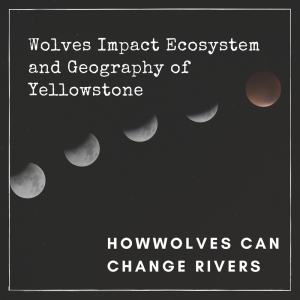
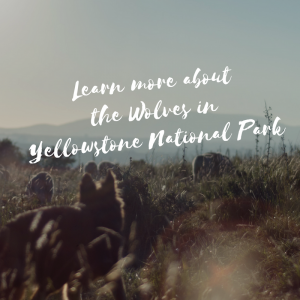
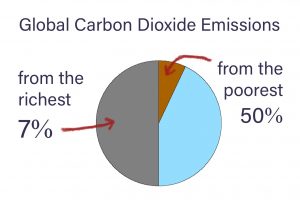
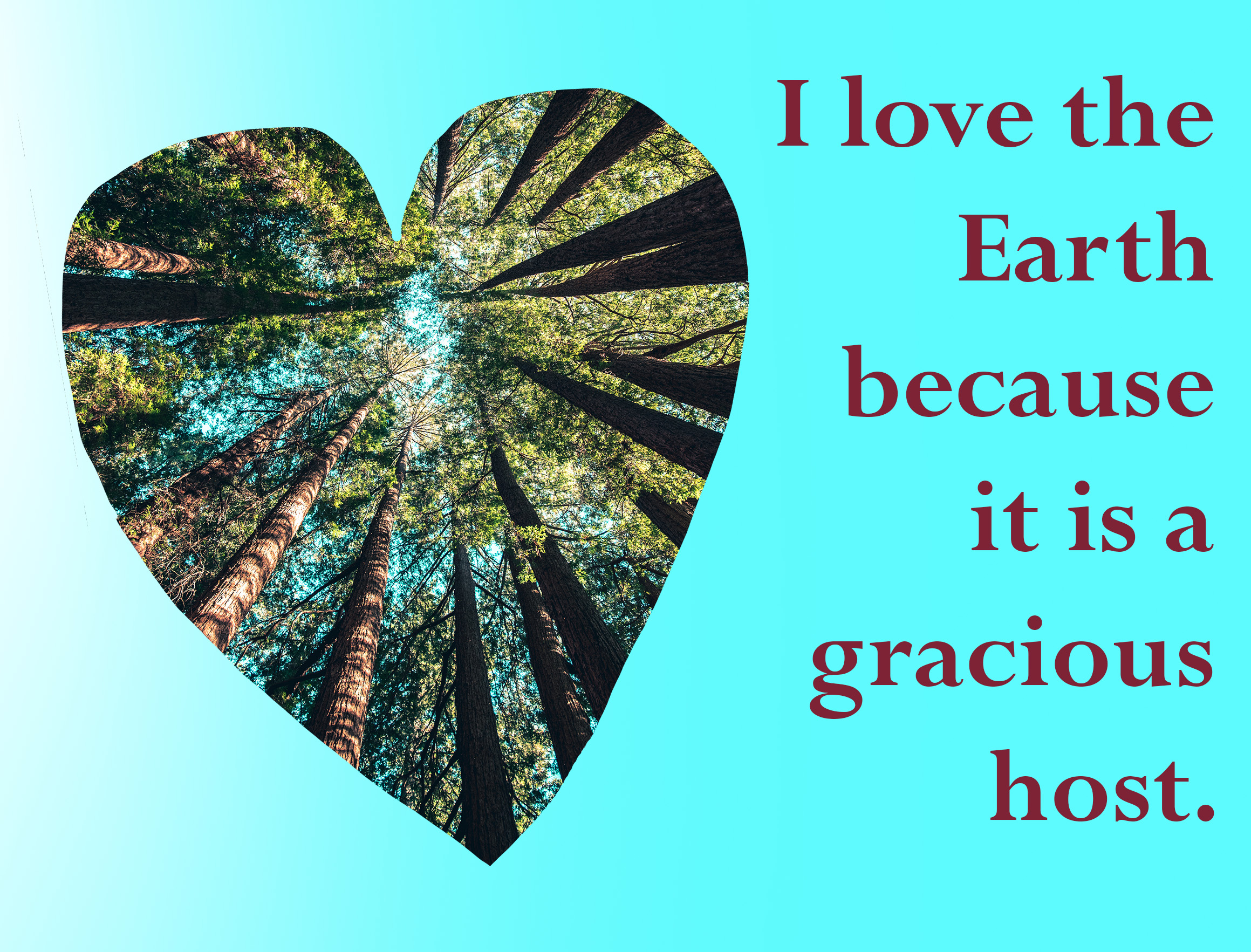

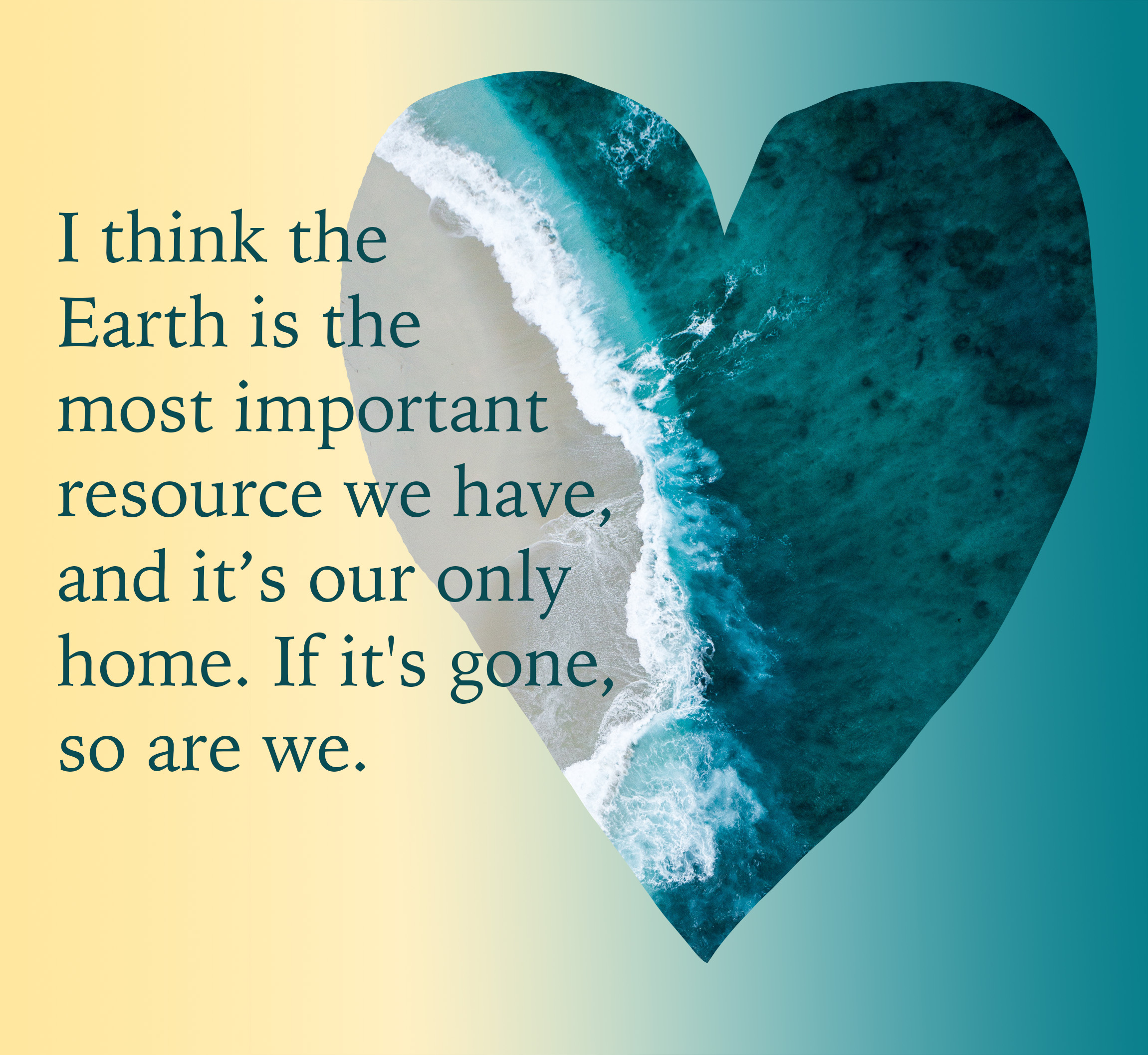
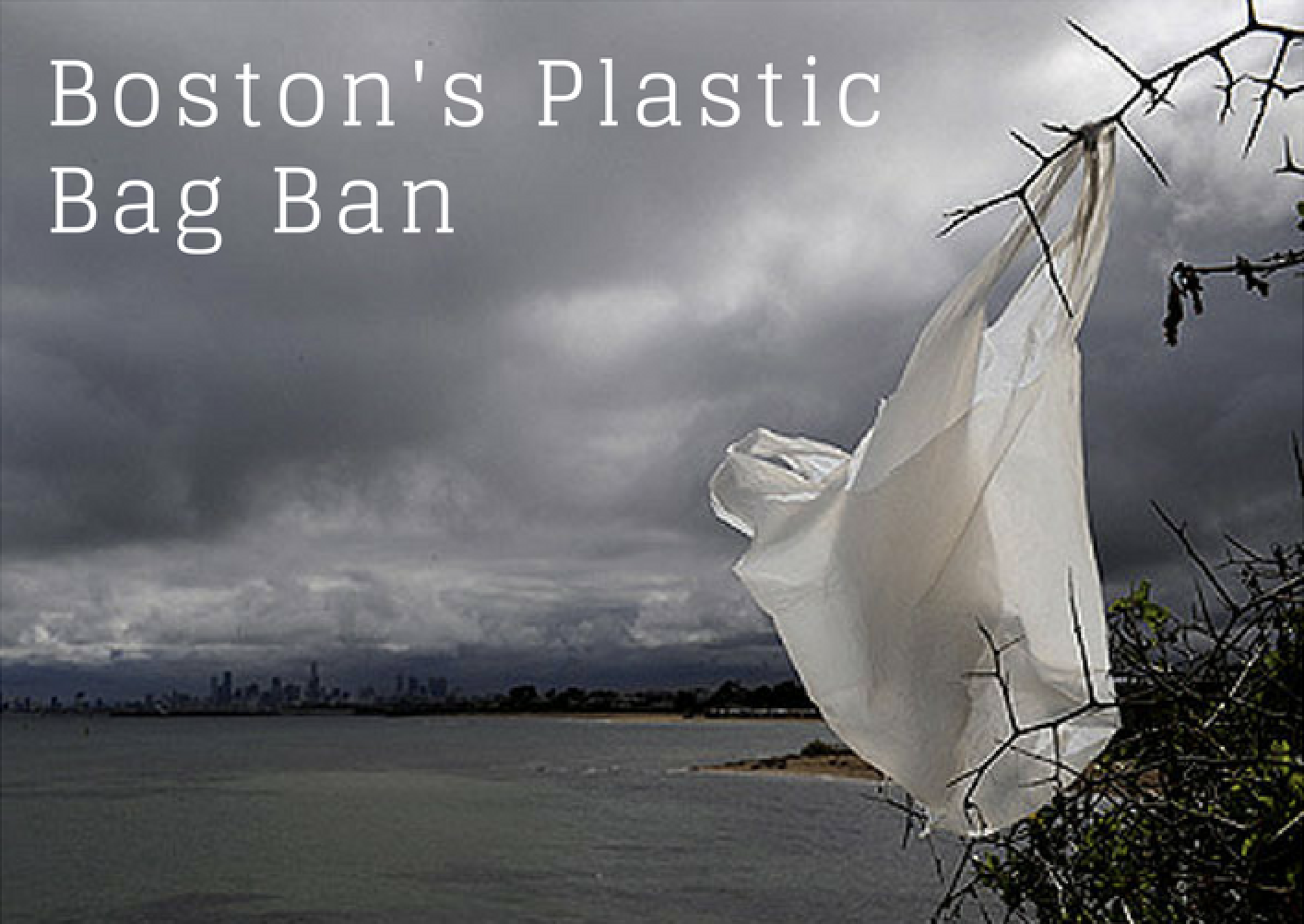
Find Us On Social Media!